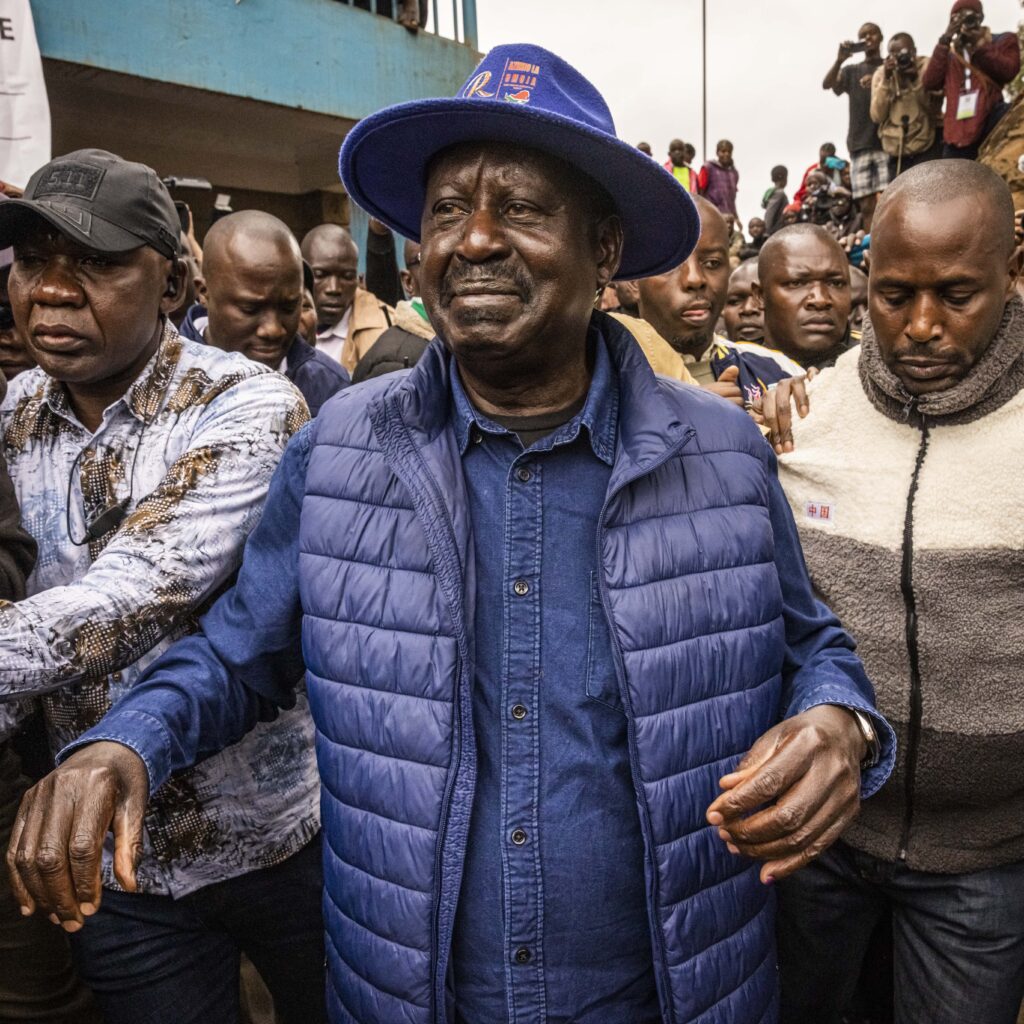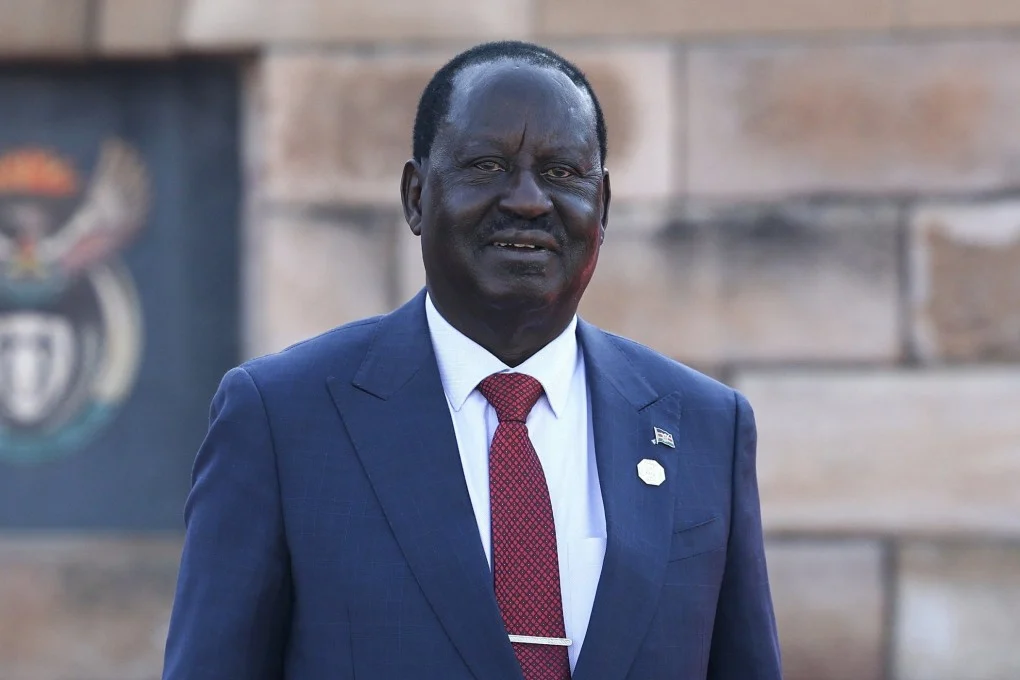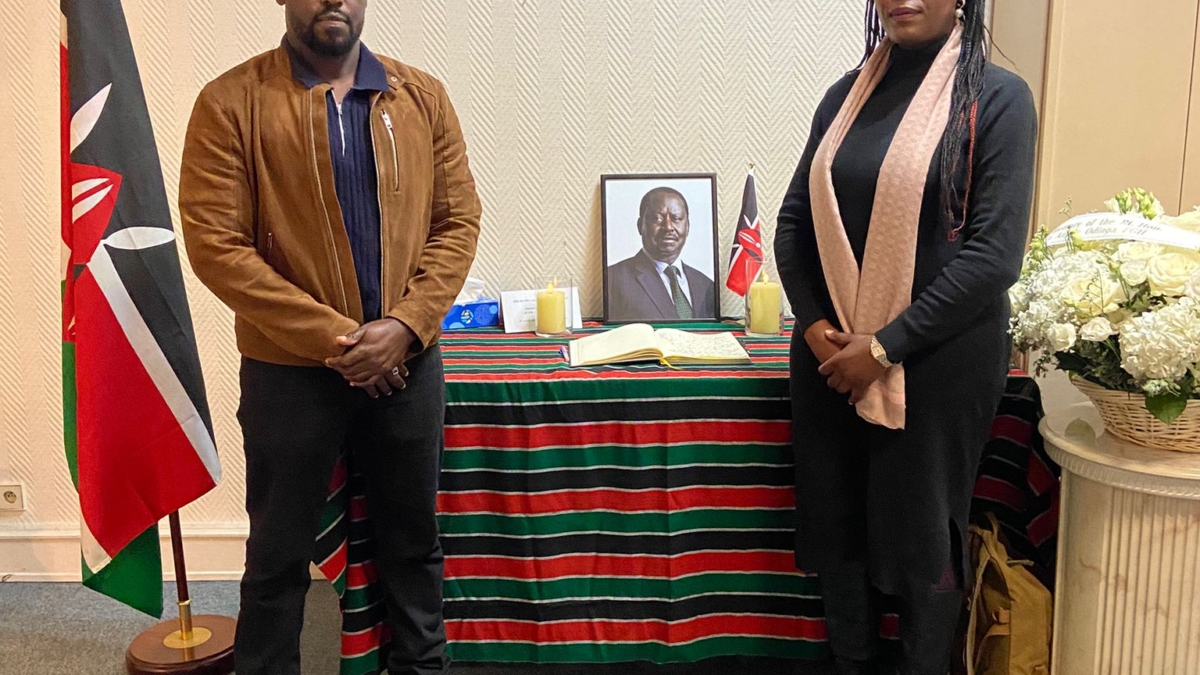Honoring a Kenyan Enigma in Reform and Politics
Raila Odinga an enigma in kenyan politics. On October 15, 2025, Kenya and the world lost a political force, a reformer, and a symbol of resilience. In the days that followed, Raila Odinga Condolence Book and digital memorials poured with messages, reflections, and tears. Signing those condolence books is more than ceremonial it is a deeply emotional exercise in collective memory, grief, and reckoning with the legacy of a man many called Baba.

In this post, I explore what it means to sign a condolence book for a figure like Odinga, what his life in reform and politics entailed, and how we can carry forward lessons from his journey.
The Act of Condolence: Symbolic, Personal, Political
Why Sign the Raila Odinga Condolence Book Anyway?
- Collective catharsis – In communal societies like Kenya’s, mourning is shared. Signing a condolence book links one’s grief to a larger national ritual.
- Personal tribute – It offers a moment to reflect, to write your own words, to articulate a relationshipeven symbolic that you felt with his struggle.
- Public record of legacy – The words in those books, online and offline, become part of the archive. They tell future generations how Odinga was seen at the moment of his passing.
When the African Union Commission chairperson signed the book of condolences at the Embassy of Kenya, for instance, it was a gesture filled with weight not just because of who signed it, but what it conveyed: solidarity with Kenya’s public grief and affirmation of Odinga’s continental stature. (Union Africaine)
A Digital Turn: The Condolence Book
In the modern era, the Kenyan Embassy in Paris opened a Raila Odinga condolence book, allowing diaspora and global supporters to leave tributes. This transform the private act of mourning into something more borderless and ensures that even if you can’t physically be in Nairobi or Bondo, your voice becomes part of the collective chorus.
Raila Odinga: An Enigma in Reform and Politics
To understand the weight behind those signatures, we must revisit Raila Odinga’s life not as a martyr, but as a multi-layered human being pushing against barriers.
Early Struggles & Political Awakening
Born in 1945 to Oginga Odinga, Kenya’s first vice president, Raila’s political path was perhaps preordained. But the journey was anything but smooth. During the Moi era, he was arrested, charged with treason in 1982, and detained without trial a stark reminder of how perilous reformist politics was in one-party Kenya.
Despite that, his spirit remained undimmed. In 1992, when multiparty politics was (re)opened, Raila was among the first wave pushing for systemic change. His activism touched not only electoral reform but civil liberties, media freedom, and checks on executive power.
The Reformist Agenda & Constitutional Gains
Two major reforms often define Odinga’s legacy:
- Multiparty politics (1991/92 era) He was at the frontline of dismantling the autocratic structures that kept Kenya’s politics monolithic.
- The 2010 Constitution Under his watch, Kenya underwent a dramatic constitutional overhaul that introduced devolution, clarified checks and balances, and restructured governance institutions.
Even though he never attained the presidency, many argue his influence as a reformer was deeper than some who have held the title. He reshaped Kenya’s rules rather than merely occupied offices.
Political Conflict, Compromise, and the “Handshake”
Reform wasn’t without friction. Odinga’s career included contested elections, political standoffs, and deep polarizations. The contested 2007 election, which led to violence and a power-sharing agreement, stands as a bitter-sweet milestone. He became prime minister in 2008 under that accord a role born of crisis but one that helped stabilize the country.
In 2018, his unexpected “handshake” with then-President Uhuru Kenyatta marked a turn. Many critics viewed it as betrayal or pragmatism, depending on the side. Yet it also laid groundwork for coalition politics in Kenya’s fragmented party system. (Wikipédia)
Key Insights & Reflections
1. Reformers Don’t Always Wear the Crown
One lesson from Odinga’s life is that power and impact are not the same. He never became president, but his fingerprints are on Kenya’s political DNA especially in the architecture of the 2010 constitution and in the multiparty system.
2. Legacy Is Lived, Not Just Passed On
When people sign condolence books, they often recall personal memories: a speech that lit hope, a protest they joined, or an instance where he intervened. These small, human stories ground a monumental public figure in everyday life.
3. Tension between Ideals and Realpolitik
Odinga’s life was full of tension between uncompromising ideals and political pragmatism; between forging alliances and being an opposition purist. That fragile dance showed both his strengths and vulnerabilities.
4. Mourning as an Orientation to the Future
In signing a condolence book, one acknowledges absence but also sets intention. It’s natural to write “Rest in peace”, but it’s equally potent to write “I will continue your fight”. That shift turns mourning into a promise.
5. Reconciliation Must Be Earned
The stampedes during his state funeral (which tragically resulted in deaths) reflected not only the mass grief but also the challenge of managing a public event that evokes deep emotions. (AP News) In his reforms, in his politics, there was always risk, and the reconciliation between competing groups remains fragile.
Condolence Book Entries: What They Often Reveal
Here’s a quick breakdown of themes often seen in condolence entries:
| Theme | What It Expresses | Why It Matters |
|---|---|---|
| Gratitude / thanks | “You spoke truth when others were silent.” | Acknowledges personal inspiration |
| Regret / apology | “I never fully supported you, forgive me.” | Healing of political divides |
| Pledge / continuation | “I will carry on your vision for democracy.” | Anchoring the legacy into future action |
| Personal closeness | “You asked about my family, remembered my name.” | Humanizes not just the legend but the person |
When I visited the public viewing, I saw hundreds of pages filled not just with names, but mini-eulogies lines that began “Baba, you once told me…”. That personal invocation is the power of signing.
Conclusion: What Signing the Condolence Book Can Spark
As Kenyans, as Africans, or as observers of democracy, writing in a condolence book for Raila Odinga is an act of memory, mourning, and responsibility. It binds us to a narrative larger than ourselves.
Yes, we mourn. Yes, we grieve. But in every signature, every note, we also reclaim a piece of the future he envisioned smoother elections, stronger institutions, and a nation striving for equality and dignity.
May we each use our words there wisely: not only to say farewell, but to vow vigilance and care for the democracy he so dearly championed.

Call to Action
If you feel moved, take a moment now visit one of the open Raila Odinga condolence book platforms (such as the digital book opened by the Kenyan goverment) and leave your tribute. Share a memory, a hope, or a promise. In doing so, your voice becomes part of Kenya’s ongoing story.
And if you’d like deeper reflections or exploration on specific moments in Odinga’s life (e.g. 2010 constitution, post-2007 reforms, or the handshake), let me know and I can dive further.


